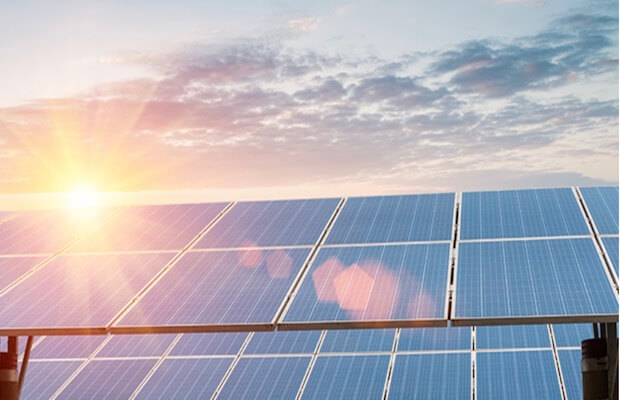France-based multi-energy firm, TotalEnergies, has set into motion he commercial operations of its fourth solar power plant in Tsu, Mie Prefecture in Japan. The plant boasts of 51 MW worth of capacity.
The Haze power plant will provide electricity to Chubu Electric Power Miraiz Co., Inc., which is a subsidiary of the regional utility firm. The PPA is for a period of 17 years.
The Haze plant, which sprawls to more than 77-hectare of surface, was established in two years. It holds capacity ample enough supply electricity to close to 20,000 households. TotalEnergies added that it is operated with nearly 100,000 high-efficiency solar ensuring highest performance in mitigated weather conditions.
TotalEnergies’ first solar plants included the 27 MW Nanao Solar Power Plant that began operations in 2017. This was followed by 25 MW Miyako Solar Power Plant in 2019, and the 52 MW Osata Solar Power Plant in 2021.
It may be noted that it was in Japan that the world’s first floating solar plant was set up. Aichi Prefecture in central Honshu is home to it. The country’s many inland lakes and reservoirs has 73 of the world’s 100 largest floating solar plants that account for half of those plants’ 246 MW of solar capacity.
Reports say that as on April 2022, the number of solar power plants in Miyagi prefecture amounted to 592 electric power stations. Cumulatively, there were more than 3.9 thousand solar power plants in Japan. In the said time period, renewable electric power stations were primarily established in Miyagi prefecture. Of these, solar power stations representing the highest number of renewable power plants.
As per Fitch Solutions, solar power is set to witness an unprecedented growth in Japan- propelled by the country’s enabling policy with respect to renewables. The report estimates that its solar power sector could grow to 113 gigawatts in 2031 from the 71 GW that it stood at the end of 2021. The report further notes that the growth in the sector will be aided by the solar rooftop mandate that Tokyo implemented in December 2022. This directs homes built post April 2025 to install solar panels.
In the fiscal year 2020, most of the electricity that was generated from solar energy in Japan was produced by electric utilities, amounting to around 12.4 thousand MW. And in the fiscal year 2021, approximately 86 terawatt hours of electricity were generated from solar energy in Japan, reflecting a significant increase from around five terawatt hours in fiscal 2012. In 2021, solar power constituted the largest renewable energy source in Japan, overtaking hydropower.
The largest source of renewable energy is solar and fi estimates are anything to go by, the installed power generation capacity of solar power in the country will stand at about 92 million KW in 2031.
Japan, which emits carbon in large volumes, has set its sights on increasing renewables share to generate electricity. The country is striving for carbon neutrality by 2050.

